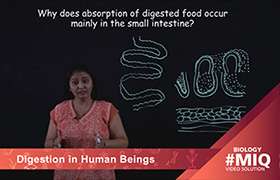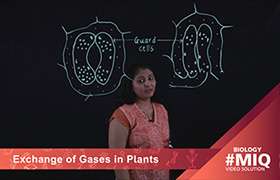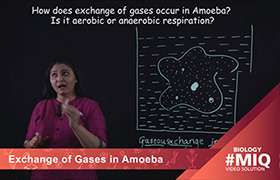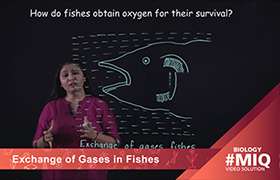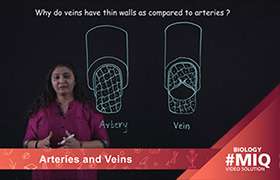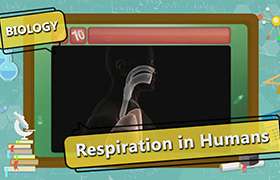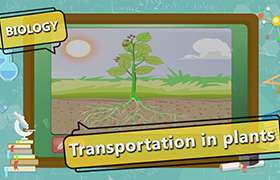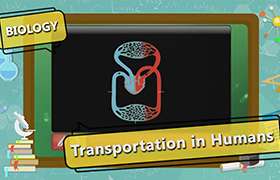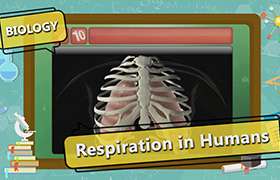CBSE Class 10 Answered
|
Inhalation |
Exhalation |
|
Inhalation is a process where you take in air i.e. oxygen from the external environment, through the air ways, and into the alveoli. |
Exhalation is breathing out of carbon dioxide out of the bronchial tubes, through the airways, to the external environment |
|
It is an active process |
It is a passive process |
|
Caused by muscular contraction mainly of the diaphragm and intercostal muscles |
Mainly caused by elastic recoil of the diaphragm and relaxation of the intercostal muscles |
|
Aerobic Respiration |
Anaerobic Respiration |
|
Here oxygen is used |
Here oxygen is not needed |
|
It occurs in cytoplasm and mitochondria |
It occurs in cytoplasm only |
|
38 mol ATP is produced per mol glucose |
2 mol ATP is produced per mol glucose |
|
Its stages are glycolysis, pyruvate oxidation, Krebs cycle |
Only glycolysis occurs here.
|

